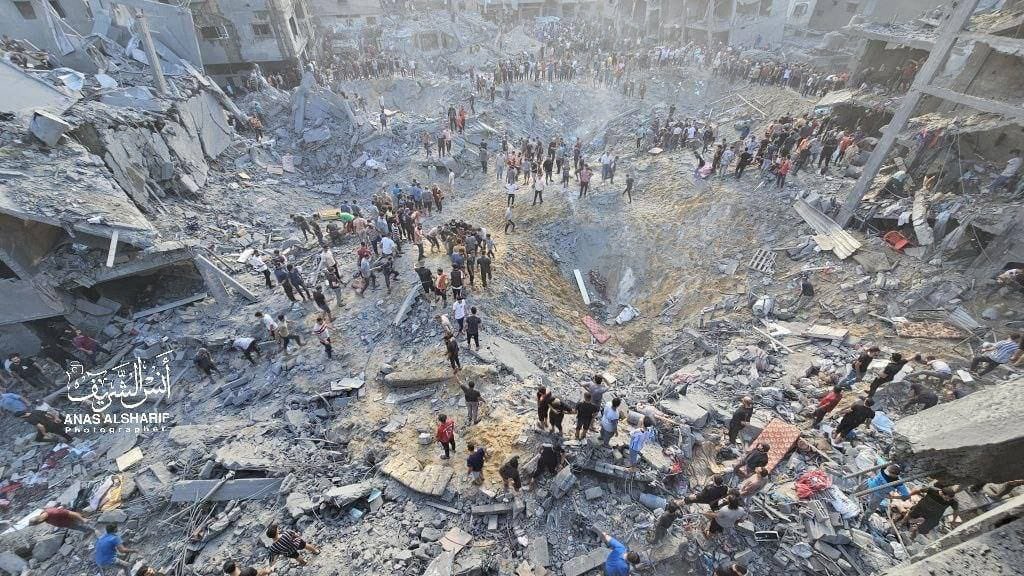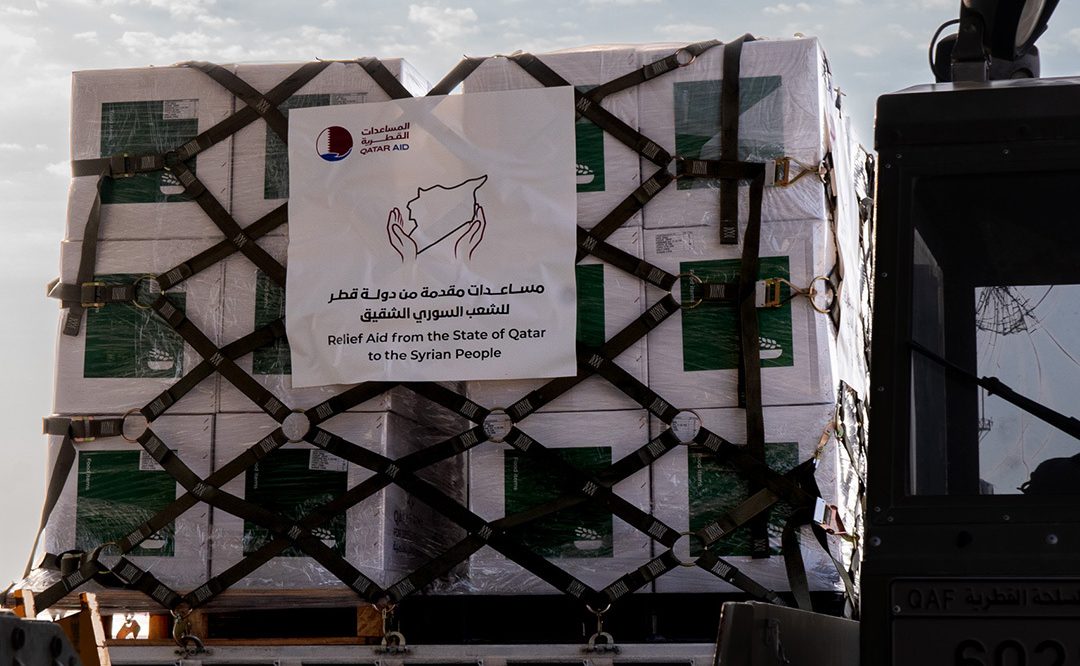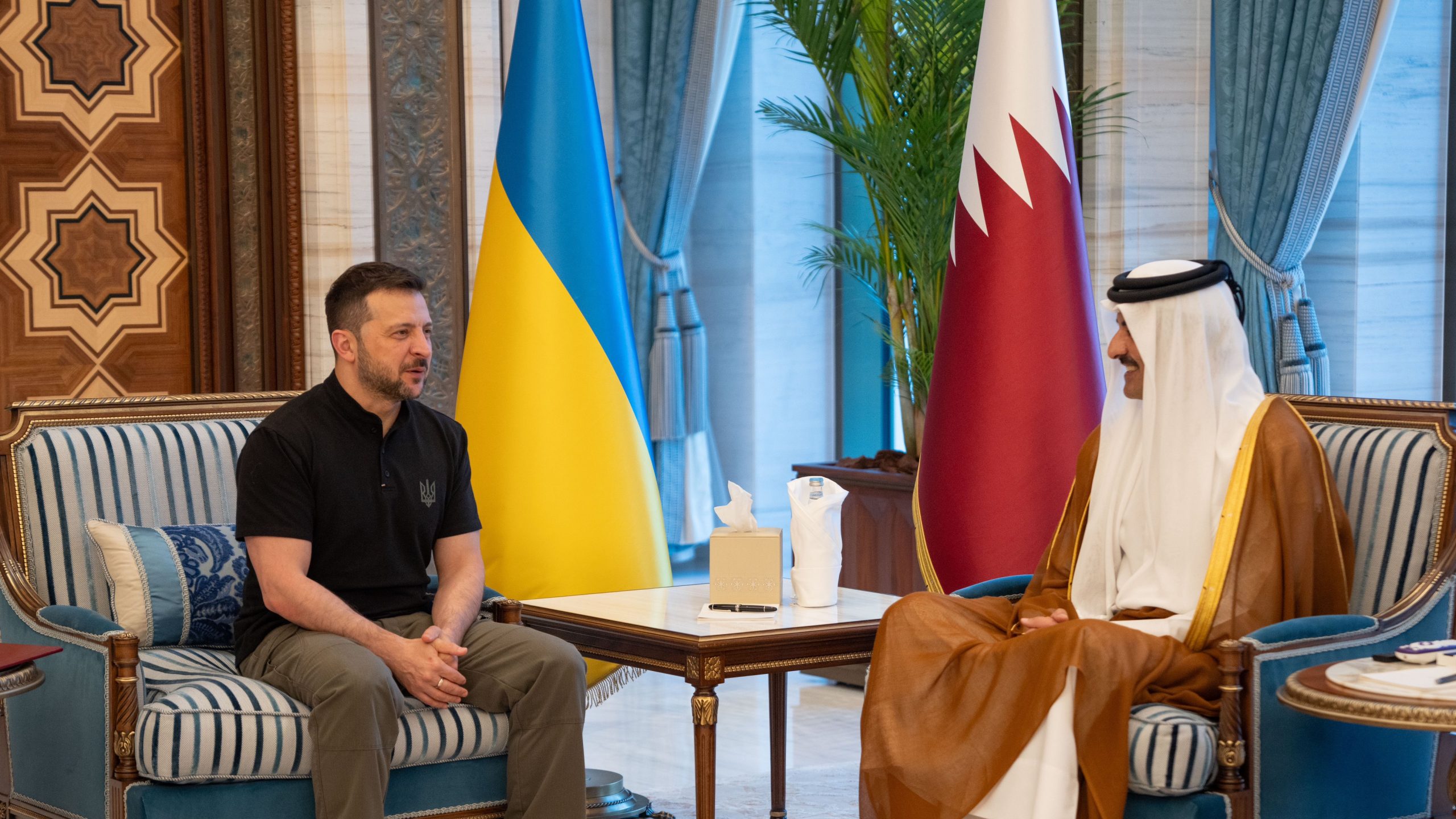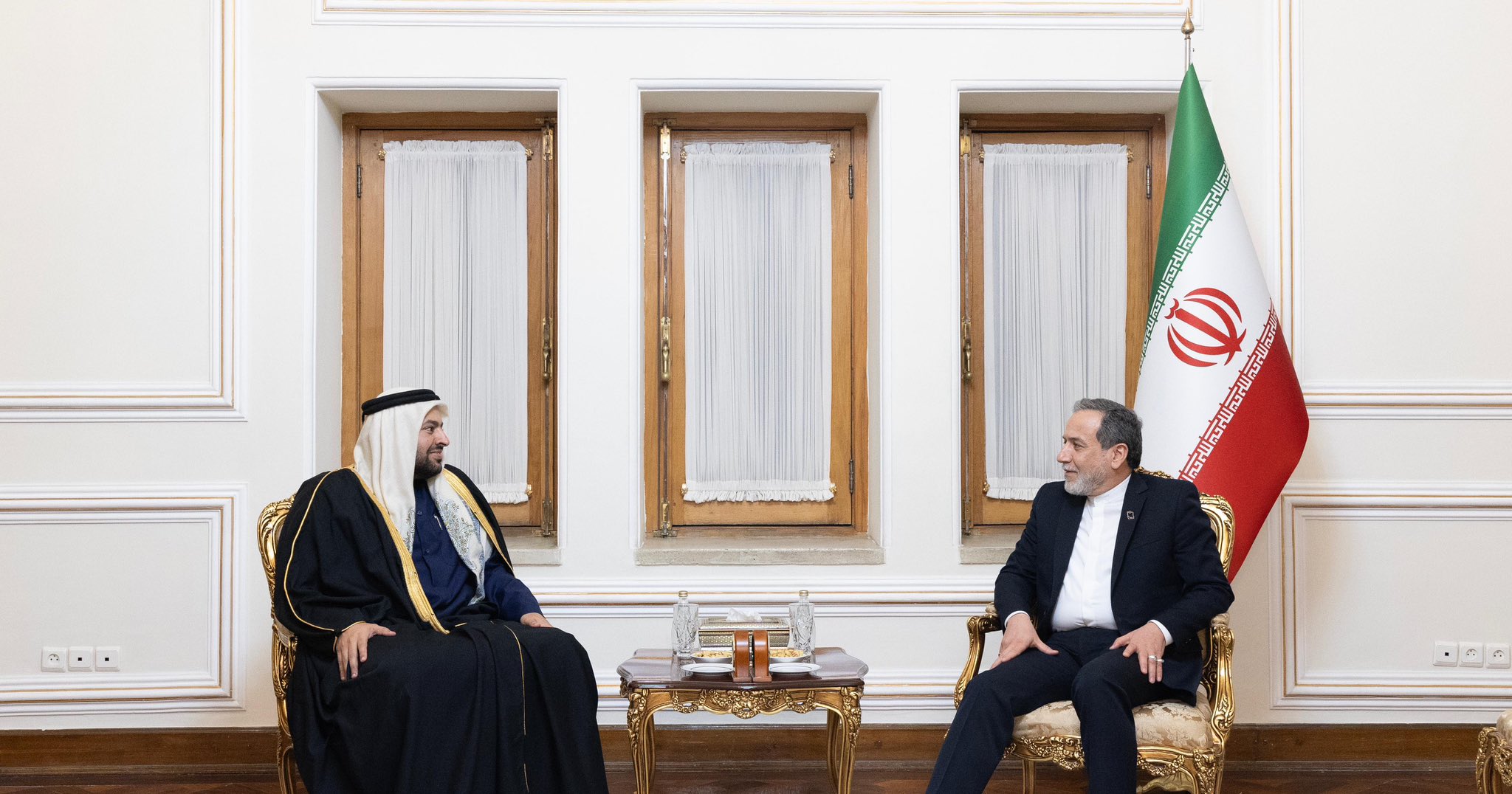The U.S. reportedly made a “bridging proposal” to resolve the “significant gaps” in the ratio of captives and Palestinian prisoners to be released under the potential deal.
Israel has maintained its rejection of a complete ceasefire in its latest response to Hamas’s proposal, as indirect talks aimed at reaching a deal over Gaza’s war continue in Qatar, Al Jazeera reported on Saturday, citing sources privy to the matter.
In its response, Israel refused to end the war in Gaza, withdraw its forces and allow the unconditional return of displaced Palestinians to their homes from the south.
The three demands are among others that Hamas included in its proposal on March 15 of a three-stage plan to end the war in Gaza.
Hamas had demanded the withdrawal of Israeli forces from Al-Rashid and Salah Al-Din streets, the two vital roads that enable the return of displaced Palestinians to the north and the entry of aid.
It also said it would name 50 Palestinian prisoners, including 30 serving life sentences, to be released in exchange for each female Israeli military member.
Instead, Israel conditioned that only 2,000 displaced Palestinians could return each day to the north a week after the implementation of the deal.
The occupation also demanded the release of 40 of its captives while refusing to release 30 Palestinians serving life sentences in exchange for each female military member.
Israel added that it has the right to deport the life-sentenced Palestinian prisoners who will be released during the deal out of Palestine.
Israel proposed releasing five Palestinians serving life sentences of its choice, the sources told Al Jazeera. It also demanded that Hamas release the bodies of two soldiers, Hadar Goldin and Oron Shaul, both captured during the war in Gaza in 2014.
A source from the Palestinian group told AFP that there is “a deep divergence” in the indirect talks, noting that Israel “wants to reach a temporary ceasefire after which it can resume its aggression against” Palestinians.
“There is a deep divergence in positions in the negotiations between Hamas and the occupation [Israel] because the enemy understood the flexibility shown by the movement as weakness,” the Hamas official said.
The Hamas official added that Israel is attempting to control aid and humanitarian relief and demanded that “the United Nations not return to work, especially in the northern Gaza Strip.”
U.S. presents new proposal
The indirect talks between Israel and Hamas in Doha have been taking place since last week with mediators Qatar, Egypt and the United States, with the presence of CIA director William Burns.
The negotiations resumed after ones held in Paris and Cairo since the beginning of the year ended with no breakthrough.
The mediators have been seeking to reach a ceasefire before Ramadan and following months of stalemate after the expiration of the previous truce last December, mediated by Qatar and Egypt.
The war has neared six months without a ceasefire in sight, with Israel killing at least 32,226 Palestinians while depriving the 2.2 million population of aid and necessities.
Meanwhile, the U.S. reportedly made a “bridging proposal” to resolve the “significant gaps” in the ratio of captives and Palestinian prisoners to be released under the potential deal.
“The United States put a bridging proposal on the table, to which Israel responded positively. Hamas’ response is pending,” an Israeli official, who requested anonymity, told Reuters on Sunday, without providing further details on the matter.
Senior Hamas official Sami Abu Zuhri told Reuters that the U.S. and Israel are attempting “to regain the captives without a commitment to end the aggression.”
He said the pause would mean “the resumption of war, killing and destruction,” which Hamas does not accept.
On Friday, the U.S. presented a draft resolution calling for a ceasefire in Gaza at the UN Security Council, which was vetoed by Russia and China. The officials from the two countries that vetoed the resolution cited the text’s “ambiguity” and for falling short of demanding a ceasefire.
Notably, Washington used its veto power three times to block UNSC resolutions that demanded a ceasefire in Gaza.
The U.S. has been scrambling for a deal in Gaza amid mounting international pressure to end the war and release the remaining captives. At least 130 captives are still in Gaza, including 33 who are presumed dead, according to figures by AFP.
On Saturday, Hamas announced that one captive died due to the lack of food and medicine.
U.S. Secretary of State Antony Blinken toured the region last week for the sixth time since the beginning of the war.
Blinken met foreign ministers from Qatar, Egypt, Saudi Arabia, the United Arab Emirates, Jordan, and Palestine in Cairo on Thursday. The talks centred on ceasefire efforts in Gaza and entry of humanitarian aid, with the Strip’s population grappling with severe malnutrition.
As of Friday, at least 31 people, including 27 children, died in Gaza as a result of malnutrition and dehydration, according to the UN’s flash update.
Israeli forces have also continued the deadly raid of the Al-Shifa Medical Complex for more than a week, leaving wounded and displaced Palestinians as well as medics trapped under heavy gunfire.
Harrowing testimonies have also pointed to Israeli forces raping and torturing women inside the facility.







